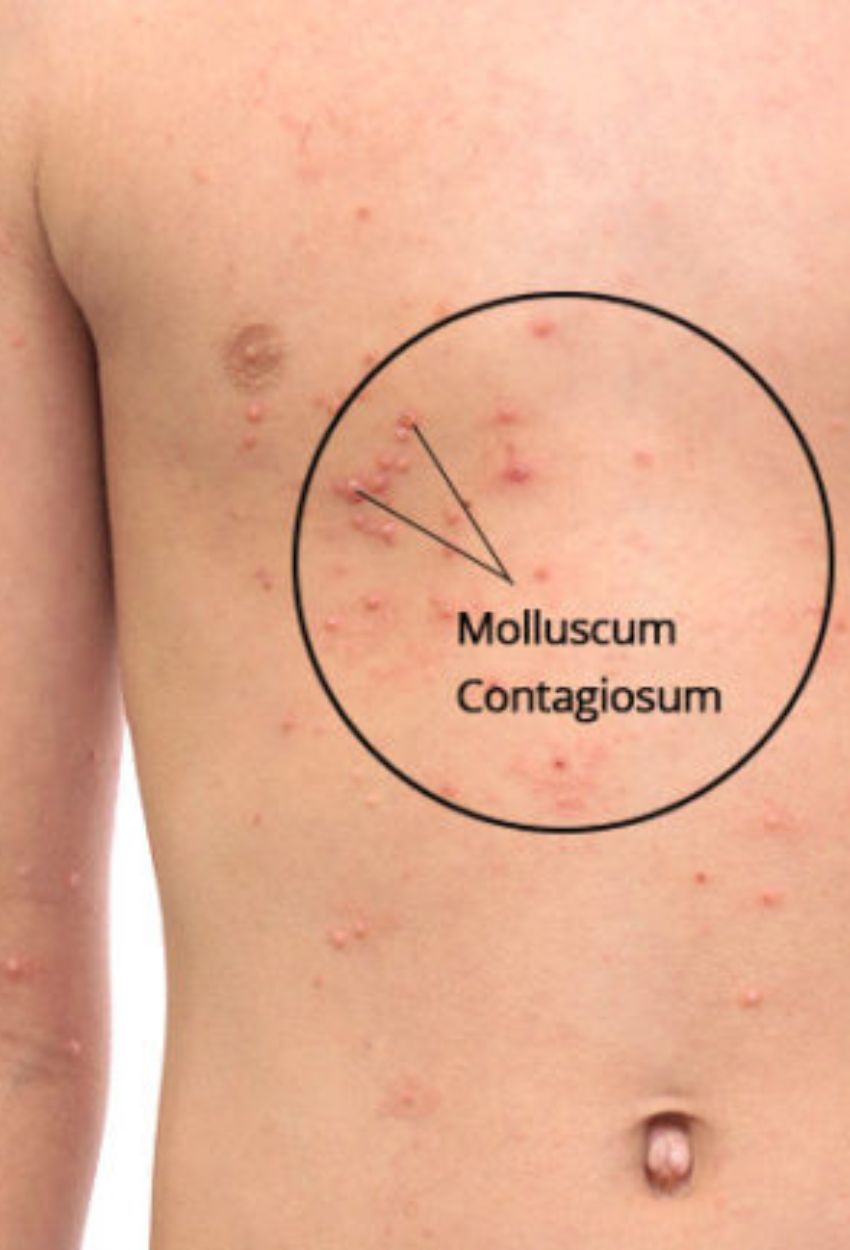Topical Medications
Prescription creams or ointments containing antiviral or immune-modulating ingredients can help eliminate the virus and reduce lesion count. These formulations may include agents like imiquimod or retinoids that encourage the body’s immune response to attack the virus. They are particularly beneficial for mild or localized cases, although consistent use is crucial for achieving the best results.
Cryotherapy
This in-office procedure involves freezing lesions with liquid nitrogen, causing the infected tissue to slough off. Cryotherapy is quick, minimally invasive, and widely used for patients of all ages. Treatment sessions may be repeated every 1-2 weeks until the molluscum bumps are resolved, and side effects typically include mild redness, swelling, or blistering, which subside in a few days.
Curettage
Using a small, specialized surgical instrument, our dermatologists gently remove the central core of each lesion. Curettage provides immediate relief from the papules and is especially useful for larger, stubborn bumps. Patients may experience slight discomfort during the procedure, and aftercare typically involves keeping the treated area clean and protected while it heals.
Cantharidin Application
Derived from the blister beetle, cantharidin is a topical agent that causes a controlled blistering effect when applied to molluscum lesions. Over the next few days, the blistered papules lift away from the skin’s surface, promoting healthy tissue renewal. Cantharidin treatments are fast, with minimal discomfort, though patients may experience mild irritation or itching as the lesions blister.
Laser Therapy
In resistant or more widespread cases, lasers like pulsed dye laser or ablative devices can target and destroy infected tissue by delivering precise energy to the lesions. This approach can significantly reduce lesion count and prevent spread. Our team will select the most appropriate laser modality based on factors like lesion size, location, and skin type.


